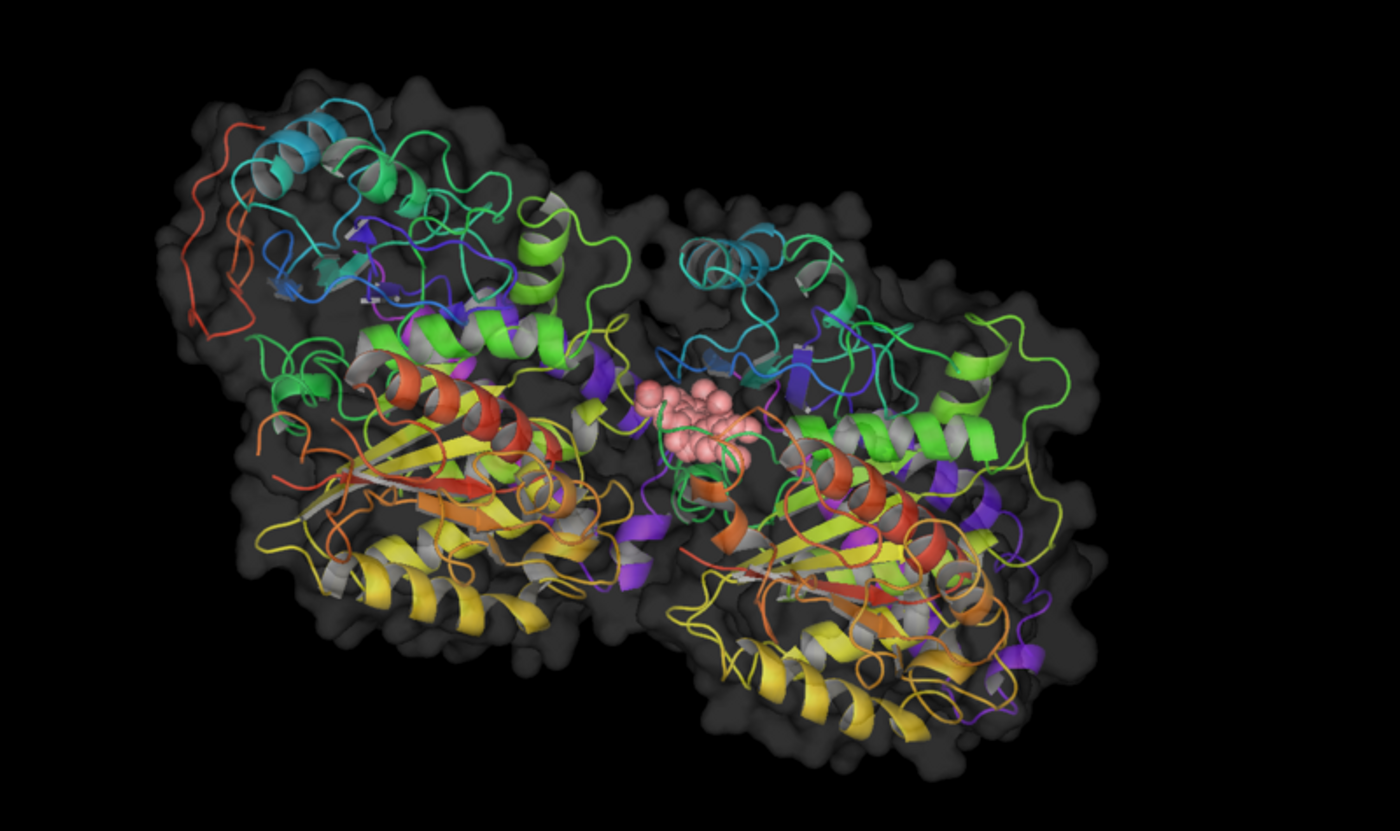Microtubule Intervention to Reverse Heart Disease
Changes in the cellular structure of heart muscle cells have a large impact: past and present studies show that these types of changes can lead to heart failure. From the University of Pennsylvania, scientists demonstrate their discovery of dysfunctional microtubules inhibiting proper heart function.
Microtubules (MTs) are a key part of the cell’s cytoskeleton, which determines the cell’s shape and movement patterns. They are made up of one type of protein, called tubulin, as opposed to other components of the cytoskeleton that are composed by various protein types. When changes are made in the cell cytoskeleton because of malfunctioning MTs, the repercussions can be deadly. To prevent such a consequence, scientists are working on reversing the negative changes.
Specifically, MT changes can increase the rigidity of heart muscle cells, called cardiomyocytes. Elasticity and contractility are vital qualities for maintaining normal blood circulation and preventing heart disease. And in the past, researchers discovered a direct link between dysfunctional heart activity and overactive detyrosination of MTs in patients with a heart condition called hypertrophic cardiomyopathy (HCM).
Detyrosination is a chemical process of removing the amino acid tyrosine from a tubulin protein. These changes can negatively affect heart beat mechanics, but they’re not irreversible. Scientists from the study are hoping to use this to their advantage.
Using a variety of lab techniques (mass spectrometry, mechanical tests, super-resolution imaging) to compare healthy heart tissue with heart tissue from transplant patients with heart failure, researchers investigated the impact of on heart function when changes are made to MTs and the cardiomyocyte cytoskeleton.
They found that regular activity of a certain set of proteins was responsible for MT stiffening, found in diseased cardiomyocytes. These same MTs were majorly detyrosinated, and the cardiomyocytes were stiff and had limited contractility. Additionally, the studies showed, not surprisingly, more detyrosination and MTs in diseased heart tissue than in healthy heart tissue.
Reversing the damage done to MTs and to cardiomyocytes is possible by therapeutically suppressing detyrosinated MTs. In the study, this action brought back 50 percent of lost contractile function to diseases cardiomyocytes, and an additional genetic intervention helped as well.
There’s still one obstacle to overcome. Researchers need to identify how to develop a drug that targets MTs in cardiomyocytes only, leaving them intact in other tissue types where they are not a threat to the heart.
The present study was published in the journal Nature Medicine.
Sources: The Cell: A Molecular Approach. 2nd edition., University of Pennsylvania School of Medicine, Methods in Cell Biology









